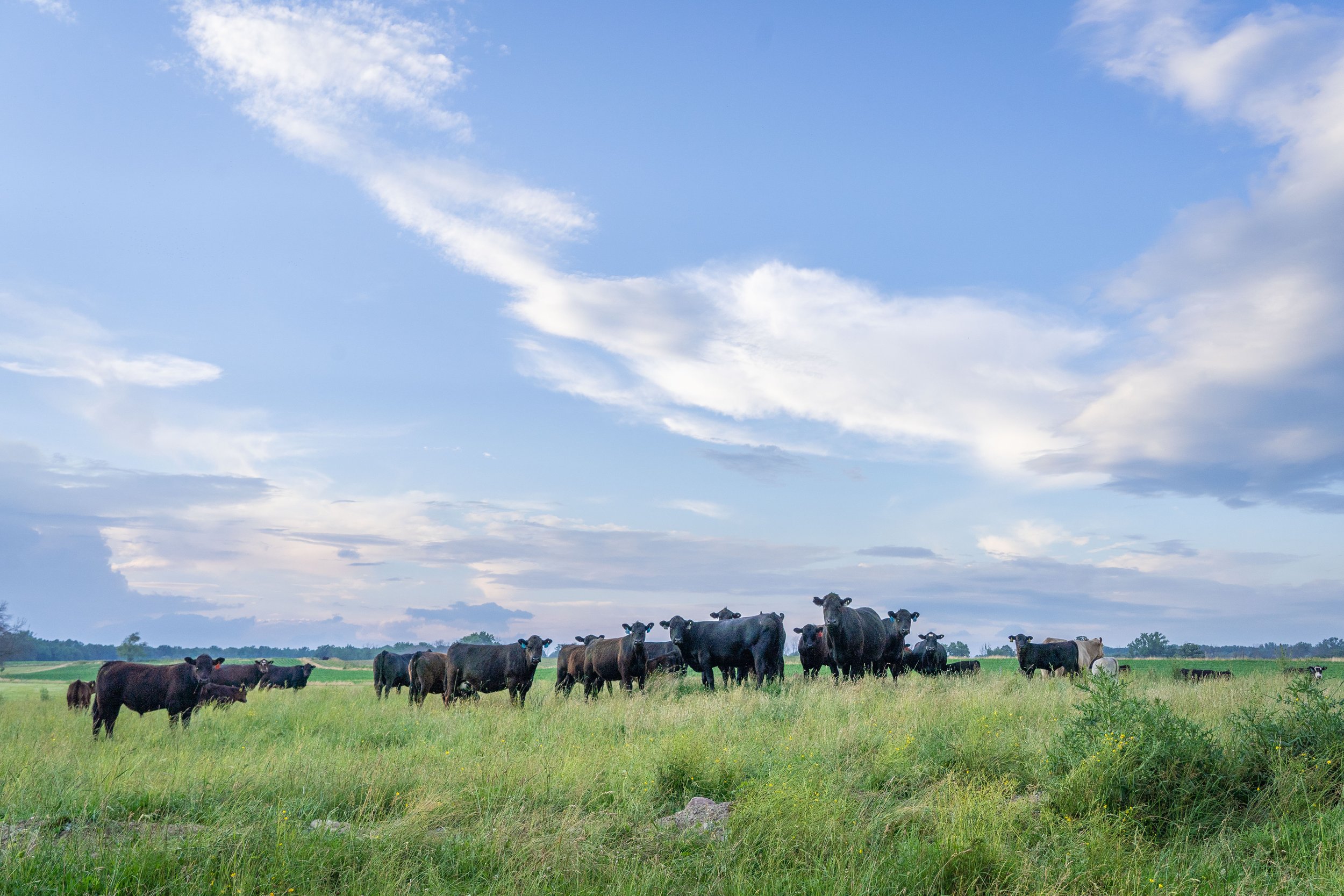Elevate Your Proficiency with Bagley Risk Management
Elevate Your Proficiency with Bagley Risk Management
Blog Article
Comprehending Livestock Threat Defense (LRP) Insurance Coverage: A Comprehensive Overview
Browsing the realm of livestock risk defense (LRP) insurance can be an intricate undertaking for several in the farming market. This kind of insurance policy uses a safety net versus market fluctuations and unpredicted conditions that could impact livestock producers. By recognizing the intricacies of LRP insurance policy, producers can make informed decisions that might protect their procedures from financial threats. From exactly how LRP insurance policy operates to the different coverage choices readily available, there is much to reveal in this detailed overview that could possibly shape the way livestock manufacturers approach danger monitoring in their companies.

How LRP Insurance Coverage Works
Periodically, understanding the auto mechanics of Livestock Risk Protection (LRP) insurance coverage can be complex, yet breaking down how it works can supply quality for breeders and farmers. LRP insurance coverage is a danger management tool designed to secure animals producers against unforeseen rate decreases. The plan enables manufacturers to set a protection degree based upon their specific needs, selecting the variety of head, weight range, and coverage rate. When the policy is in place, if market value drop below the protection rate, manufacturers can file a case for the difference. It's important to keep in mind that LRP insurance policy is not a revenue assurance; rather, it focuses exclusively on price danger defense. The coverage duration usually ranges from 13 to 52 weeks, providing flexibility for manufacturers to pick a duration that aligns with their manufacturing cycle. By utilizing LRP insurance policy, breeders and farmers can alleviate the financial dangers connected with fluctuating market costs, making certain better security in their operations.
Qualification and Protection Options

When it comes to coverage alternatives, LRP insurance policy uses manufacturers the flexibility to select the coverage level, coverage duration, and endorsements that finest fit their threat monitoring needs. By understanding the eligibility standards and coverage choices available, animals manufacturers can make informed decisions to handle threat effectively.
Advantages And Disadvantages of LRP Insurance Coverage
When evaluating Livestock Danger Security (LRP) insurance, it is crucial for animals manufacturers to consider the drawbacks and advantages fundamental in this danger monitoring device.

One of the primary advantages of LRP insurance Bagley Risk Management coverage is its capability to give defense against a decrease in livestock rates. Furthermore, LRP insurance uses a degree of adaptability, permitting producers to tailor coverage levels and plan periods to fit their certain demands.
One limitation of LRP insurance is that it does not safeguard versus all types of threats, such as illness break outs or all-natural catastrophes. It is crucial for manufacturers to thoroughly analyze their specific danger exposure and economic situation to identify if LRP insurance policy is the best risk monitoring tool for their procedure.
Recognizing LRP Insurance Policy Premiums

Tips for Optimizing LRP Benefits
Making best use of the advantages of Animals Danger Security (LRP) insurance needs strategic planning and proactive danger management - Bagley Risk Management. To maximize your LRP insurance coverage, think about the following suggestions:
Frequently Examine Market Problems: Keep informed about market patterns and cost changes in the livestock sector. By keeping an eye on these elements, you can make enlightened decisions about when to buy LRP protection to secure versus prospective losses.
Establish Realistic Insurance Coverage Levels: When selecting insurance coverage levels, consider your production expenses, market price of livestock, and possible dangers - Bagley Risk Management. Setting sensible protection levels makes certain that you are appropriately secured without paying too much for unneeded insurance policy
Expand Your Protection: As opposed to counting only on LRP insurance policy, think about diversifying your danger management methods. Incorporating LRP with various other danger administration tools such as futures contracts or alternatives can give comprehensive protection versus market uncertainties.
Testimonial and Adjust Coverage Consistently: As market conditions change, occasionally assess your LRP coverage to guarantee it lines up with your present risk direct exposure. Adjusting coverage degrees and timing of acquisitions can help enhance your threat protection approach. By look at this site complying with these suggestions, you can make best use of the benefits of LRP insurance and secure your livestock procedure against unforeseen threats.
Conclusion
In final thought, livestock risk defense (LRP) insurance is a beneficial tool for farmers to manage the economic risks linked with their animals operations. By comprehending exactly how LRP functions, eligibility and coverage options, along with the pros and disadvantages of this insurance policy, farmers can make informed choices to shield their incomes. By very carefully thinking about LRP premiums and applying methods to make the most of advantages, farmers can mitigate prospective losses and ensure the sustainability of their procedures.
Animals manufacturers interested in getting Animals Danger Protection (LRP) insurance policy can check out a range of qualification standards and protection choices tailored to their specific animals procedures.When it comes to insurance coverage choices, LRP insurance policy provides manufacturers the versatility to select the protection degree, insurance coverage duration, and recommendations that ideal match their danger monitoring demands.To grasp the complexities of Animals Threat Security (LRP) insurance coverage completely, recognizing the aspects influencing LRP insurance coverage premiums is important. LRP insurance policy costs are identified by different aspects, including the coverage degree chosen, the expected rate of animals at the end of the protection period, the kind of livestock being insured, and the size of the insurance coverage duration.Evaluation and Readjust Protection Regularly: As market conditions change, periodically evaluate your LRP insurance coverage to guarantee it straightens with your existing risk exposure.
Report this page